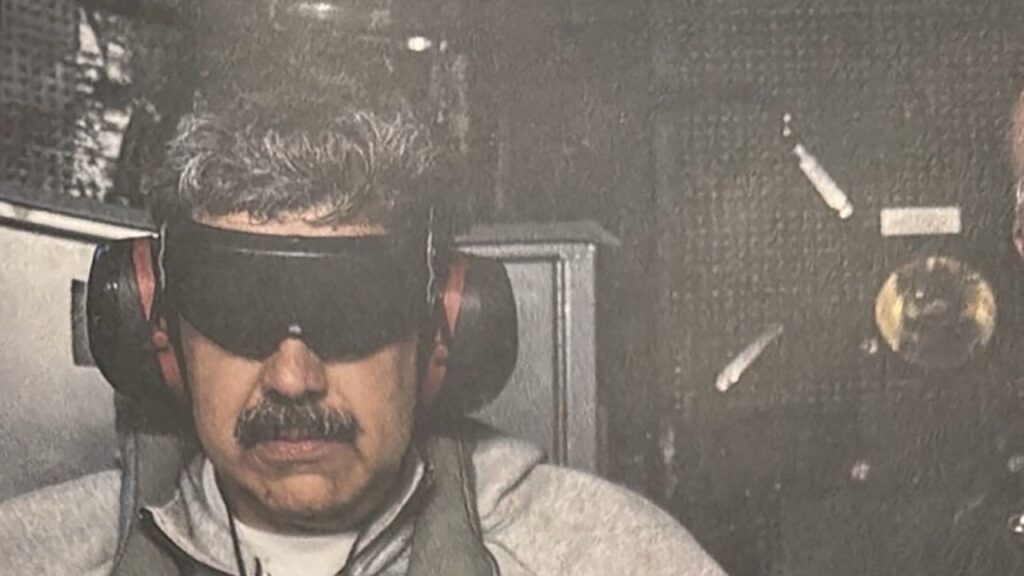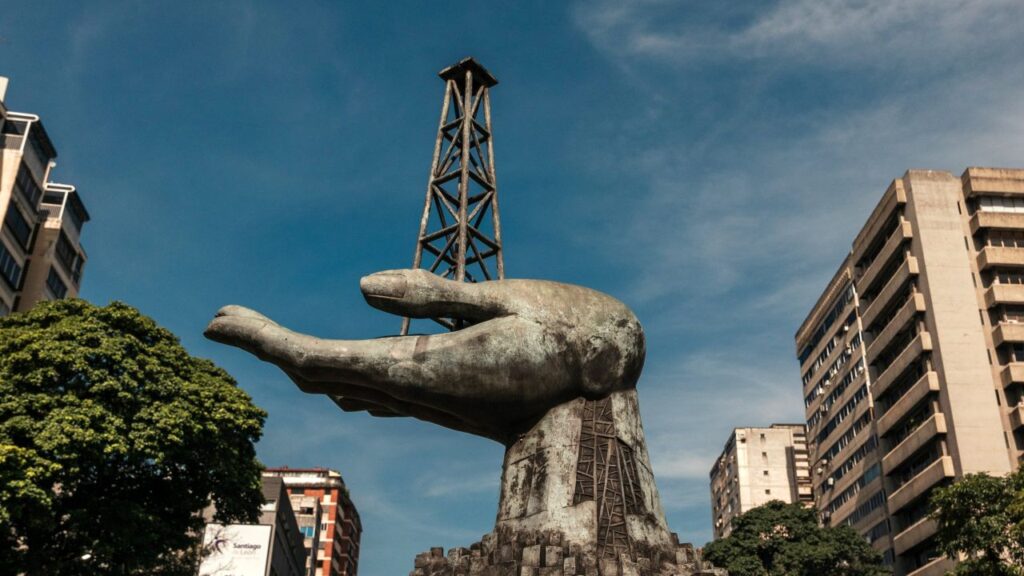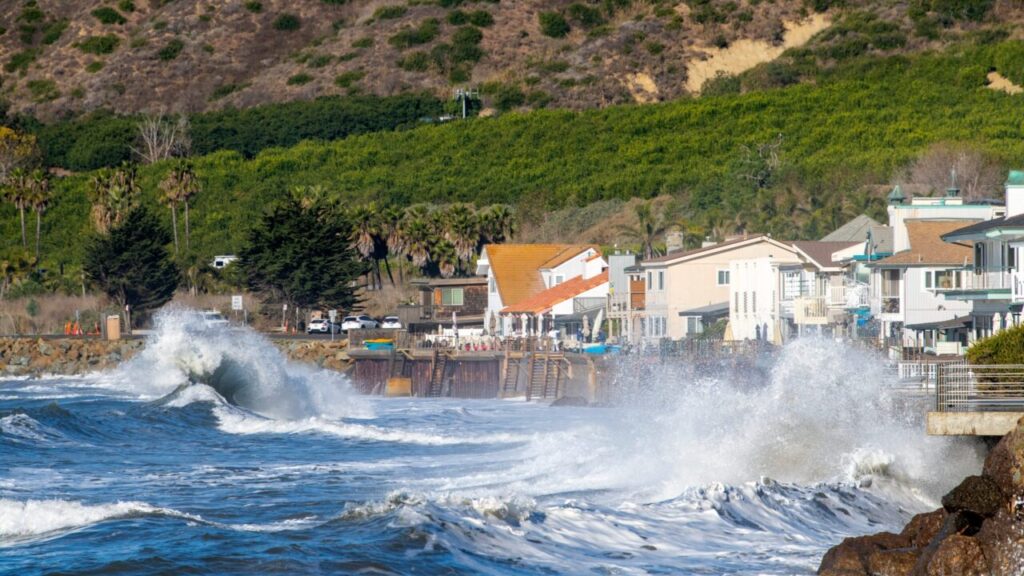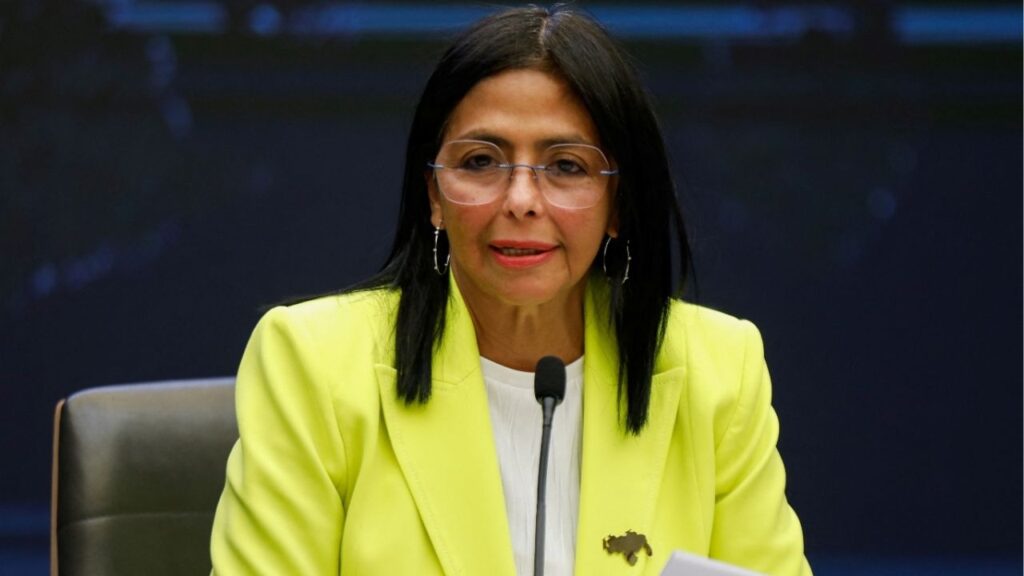Share
|
Getting your Trinity Audio player ready...
|
This month’s run of triple-digit temperatures — seven so far, with at least a week’s worth on the way — will have many Fresnans opening their utility bills this summer with trepidation.

And, a proposed 32% rate hike for Pacific Gas and Electric that the California Public Utilities Commission is pondering would make those big bills even bigger in the future.
But they don’t have to be so massive, says Mark Toney, executive director of TURN — The Utility Reform Network — headquartered in San Francisco.
Toney says most of the rate increase revenues will be spent on putting PG&E’s lines underground to prevent wildfires. But the utility could reduce fire danger more quickly and at a much lower cost by insulating lines instead of burying them, he says.
“We’re worried that they’re going to get their undergrounding proposal approved. That’s why we’ve launched a social media campaign called, faster, cheaper. We’ve been doing a lot of our own messaging campaigns to try to get the word out,” he said.
TURN’s messaging includes a petition drive to urge the CPUC to reject PG&E’s massive rate hike proposal.
The rate hike would produce $100 billion in new revenues for PG&E, which comes out to about $18,000 per PG&E customer over the next 50 years, Toney says.
PG&E’s decision to bury lines underground will not only take longer to complete — lengthening the amount of time that electrified wires will pose a wildfire danger to communities — but also cost significantly more. That’s not only for the burial but in the future when the lines have to be dug up again for repair in the event of an earthquake, erosion, water incursion, or another event, he said.
Let’s prevent lining the pockets of Wall Street and costing PG&E customers millions of dollars on top of skyrocketing energy costs. Sign the petition today: https://t.co/4SUmMZAiGM#turn #pacificgasandelectric #preventwildfires #utilities #fastersafercheaper pic.twitter.com/oDCDCjcfh0
— TURN—The Utility Reform Network (@UtilityReform) June 30, 2023
Alternative to Burying Lines
Toney says PG&E needs to follow the lead of Southern California Edison, which has opted to insulate or “harden” its overhead lines in wildfire-prone areas. SCE serves customers in the southern Central Valley and most of Southern California except for the San Diego area.
PG&E’s argument that burying lines will be safer than insulation is true, but the improvement is marginal, Toney said. He said that PG&E has buried 100 miles of lines over the past two years, compared with 4,500 miles of lines that SCE has insulated.
“Having 92% (safety) and quickly is better than 98% in I think 15 to 20 years (the time to complete the undergrounding),” he said. “You want safety? You want to stop wildfires? You’ve got to do it as fast as possible.”
The state’s utility companies have moved to improve power line safety after devastating wildfires were sparked by their equipment, including the fire that wiped out the mountain town of Paradise north of Chico.
SCE spokesman Reggie Kumar said the utility will be “hardening” about 9,000 miles of lines in wildfire-prone areas. He confirmed that SCE has already installed 4,580 miles of “covered conductor,” which is about 48% of the high fire risk areas, and expects to have more than 7,200 miles installed by the end of 2025.
Since 2018 SCE has installed 22 miles of covered conductor in Fresno County and 201 miles in Tulare County, he said.
Meanwhile, the company already has 10,000 miles of lines underground and will be burying 100 more miles by 2025 and a total of 600 miles by the end of 2028 in high-risk areas with “unique” factors, Kumar said.
Just based on the work done so far, “the company estimates that it has reduced the probability of losses from catastrophic wildfires associated with SCE’s infrastructure by 75% to 80% compared to pre-2018 levels,” he said.
Why Undergrounding? No Answer
PG&E spokesman Jeff Smith declined to answer questions about the company’s decision to favor undergrounding over insulating lines and referred GV Wire to PG&E’s June 26 “Currents” newsletter.
The newsletter said that PG&E expects to save $70 million this year by reducing undergrounding costs, including reducing trench depth.
The proposed rate hike would cover the cost not only of undergrounding but also hardening some above-ground lines, the newsletter said. “If approved in its entirety, the monthly bill for a typical residential non-CARE (non-CCA or DA) combined gas and electric customer would increase by about $31.62 or 14.6% compared to January 2022,” the newsletter said.
CARE customers are lower-income households that get a break on utility bills to make them more affordable.
Summer electricity costs were forecast to be lower than normal because the weather pattern is shifting from La Niña to El Niño, according to PG&E’s meteorologists.
“This summer is expected to be cooler compared to summer 2022, which was above normal in almost all locations,” PG&E meteorologist Ted Schlaepfer said in the newsletter. “This summer may be the coolest since 2011 or 2012.”
Cost-savings from expanded hydroelectric power resulting from the winter’s record-setting snowfall will show up in customers’ 2024 bills because electricity supply costs are forecast a year in advance, the newsletter said.

How to Contact CPUC Commissioners
Toney said the CPUC is expected to issue its proposed decision on the PG&E rate hike within the month. And even though the public hearing portion of the application process has closed, he said TURN is hoping that public pressure on the five commissioners — president Alice Busching Reynolds and commissioners Genevieve Shiroma, Darcie L. Houck, John Reynolds, and Karen Douglas — could sway them to reject the rate hike proposal.
“We think that the more public pressure, the better. That’s why we’re collecting letters,” he said. “We’re encouraging public officials, we’re encouraging organizations to write letters to the five commissioners. And, I mean, look, I’m old-fashioned, it ain’t over ’til it’s over. And I fight to the bitter end. So I don’t go by this, it’s already decided, you know? … We are fighting. And we encourage anyone else who believes that this is worthwhile to continue getting that message to the commissioners.”
Because once the CPUC makes a decision on the rate hike, there’s no chance of a rollback, Toney said.
“You ever watch ‘Star Trek Deep Space Nine’? You must know the Ferengi rules of acquisition? OK. And one of the rules … is once you have their money, you never give it back. And I’m saying that because the Ferengis a very cold, bold-faced, destructive, selfish capitalism model.”
To contact the CPUC commissioners, use this link.





















